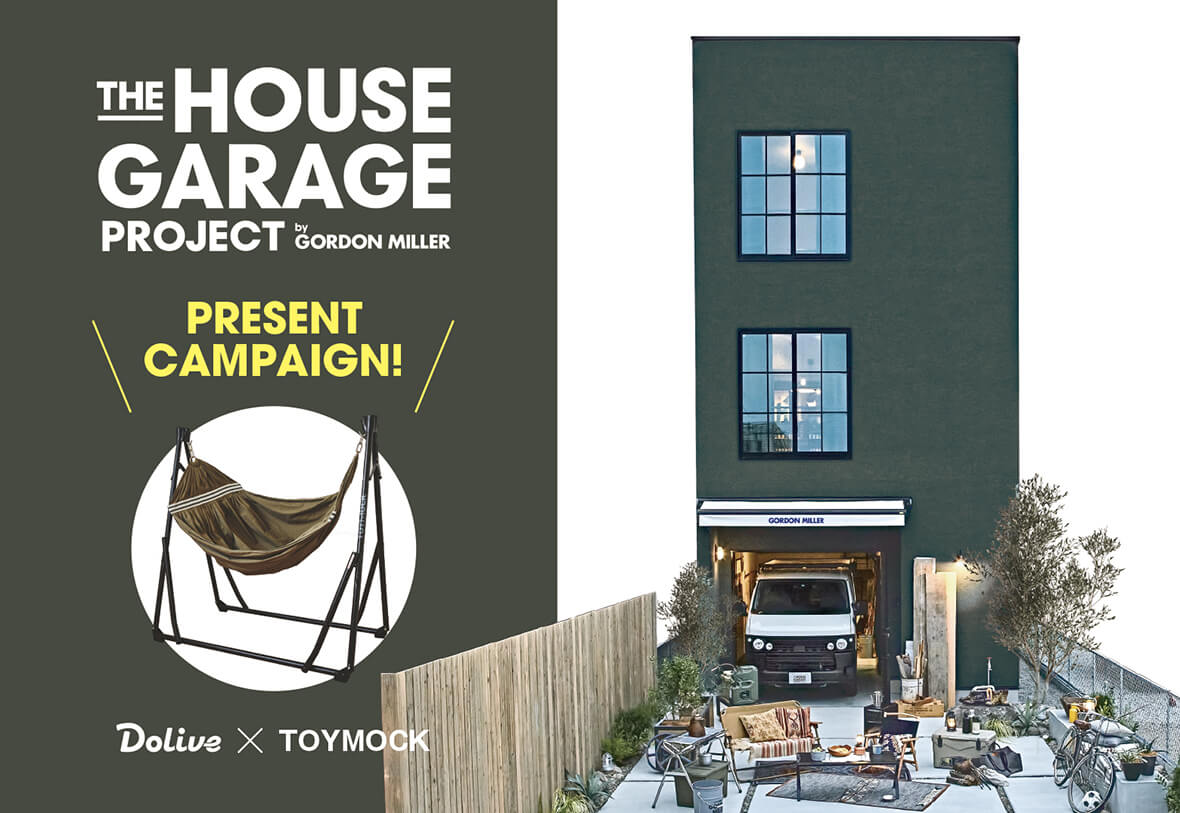Innovations in Standardized Housing.
We spoke with Teppei Hayashi, CEO of BETSUDAI Inc. TOKYO, the man behind the production of these highly entertaining houses, about the problems facing the housing industry today and the role that housing should play.
PROFILE

After working in advertising and promotion for a variety of companies in the film and fashion industries as well as in advertising and publishing, he presided over two networks, LIFE LABEL, a new standard home franchise, and Dolive, a home entertainment media company, and was involved in everything from product development to advertising and marketing for both brands. He has been involved in everything from product development to advertising and marketing for both brands. In April 2020, he established "Outside Director, Inc. Ltd. in April 2020, where he manages an online salon and produces a variety of companies and products.
This model house is very easy to understand and visualize. It is a bit rough to say that it is between a built-to-order house and a custom-built house, but I think there is a great need for a house in this position.
Forest:Thank you . This type of standardized housing has been around for a long time. The most representative examples are "BESS" and "MUJI Houses". They are similar in the sense that they standardize housing.
Indeed. Among these, the "Life Label" and "Drive" houses by BETSUDAI Inc. Tokyo seem to have a distinct pop or character.
Forest:. recently, I have noticed that many people are becoming more and more interested in their lifestyles. . I think there is a growing need for people to be comfortable in their homes in these times. Standards like this one might have been difficult 10 years ago.

The living and dining room, where the family can spend time together, is located on the second floor.
People who love fashion and culture tend to be interested in clothes first, then interior design, and then housing. This is not to say that they put housing on the back burner, but it tends to be the case. And when it comes time to make a purchase, even though it is a very large purchase in one's lifetime, I hear that there are many cases in which the conversation proceeds in a somewhat vague manner.
Forest:. I think this is because there is no one in the housing industry who is in the position of a director. For example, people in atelier-type design firms are not directors, but designers. . In other words, they can create one-of-a-kind products, but they are not in the business of creating standardized housing.
I see. So you are directing the standards for the house. Certainly, working with a company like Gordon Miller, which has a clear world view, is in itself a direction. Above all, the visuals are easy to understand.
Forest:Yes, that's right. The conversation goes very smoothly when there is a director. Without someone in that position, the designer and the user communicate directly with each other. On the other hand, people who make conventional standardized housing are usually with builders or building sales companies, but there are no directors or designers there. Cost-effectiveness is very important, and they make ready-built houses by balancing the cost against the structure. In other words, things are done without an art director or creative director, and I imagine that we are in charge of that part of the process.

The living room, kitchen, and dining room are integrated in a single mood without any sense of incongruity.
There is a saying that "the third time you build a house, you finally get it right. I think that's how difficult it is, but the reality is that most people only get one chance to build a house, and everyone wants to proceed with the process with as much peace of mind as possible so that there are no mistakes.
Forest:Exactly . The houses we make have a concept, which I think is easy to understand. I think that if a housing design has a concept or theme, the direction of the way of living will be better aligned. . We choose this approach because we offer designs for a variety of people, not just the high literacy crowd.
. In the midst of the technicalities of building a house, having someone like a director who can break it down and explain it to you would make it much easier to understand.
Forest:I think it's heterogeneous, you pay tens of millions of dollars and there is no director, just a designer to get things done. In that sense, I think there is a certain need there.


The time period and the country are anonymous, but the "Gordon Miller"-like worldview is felt here and there.










